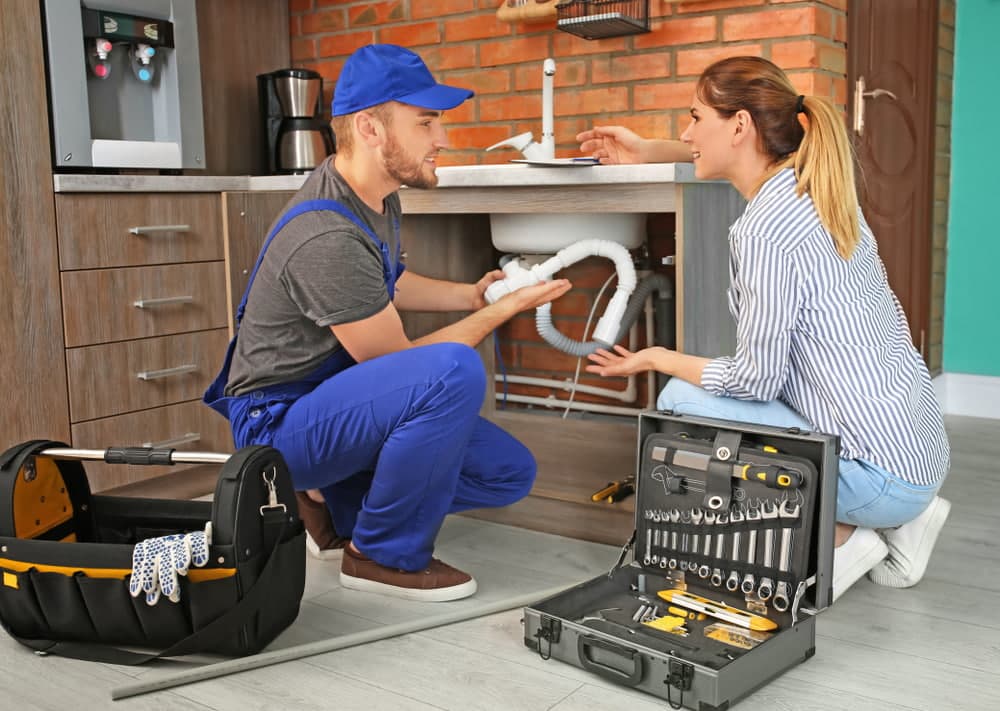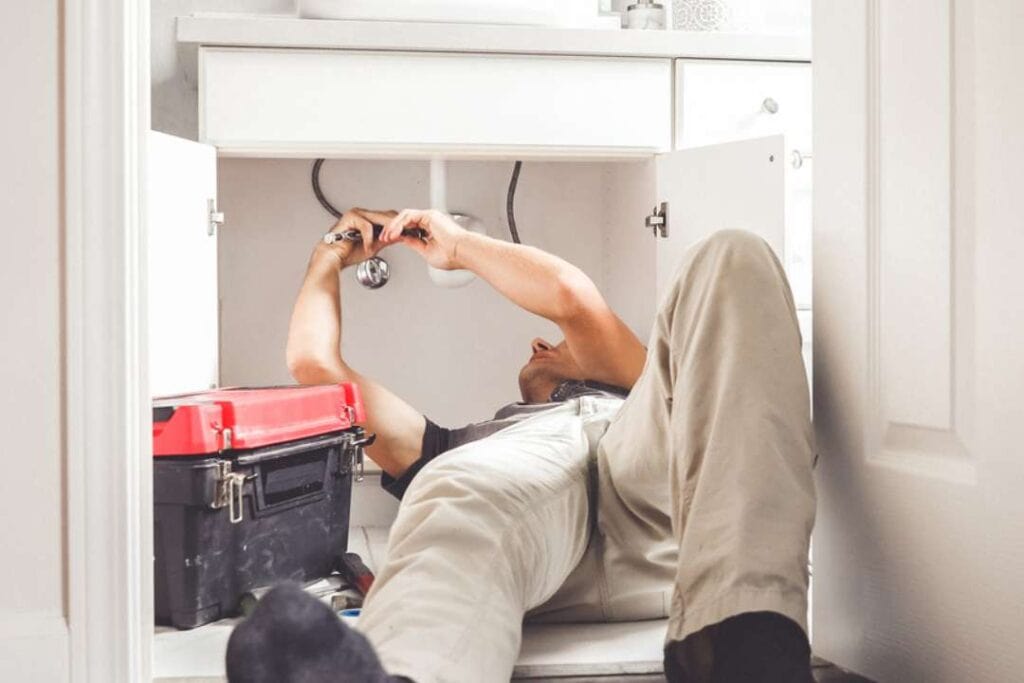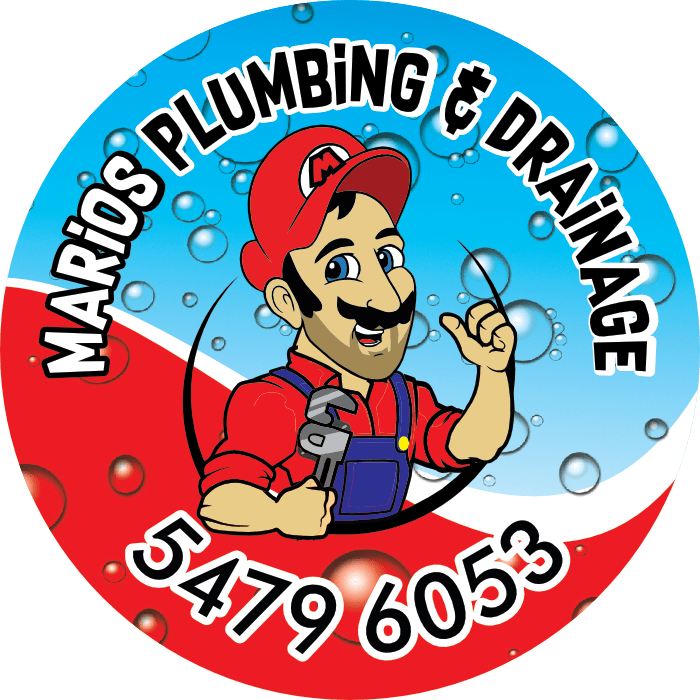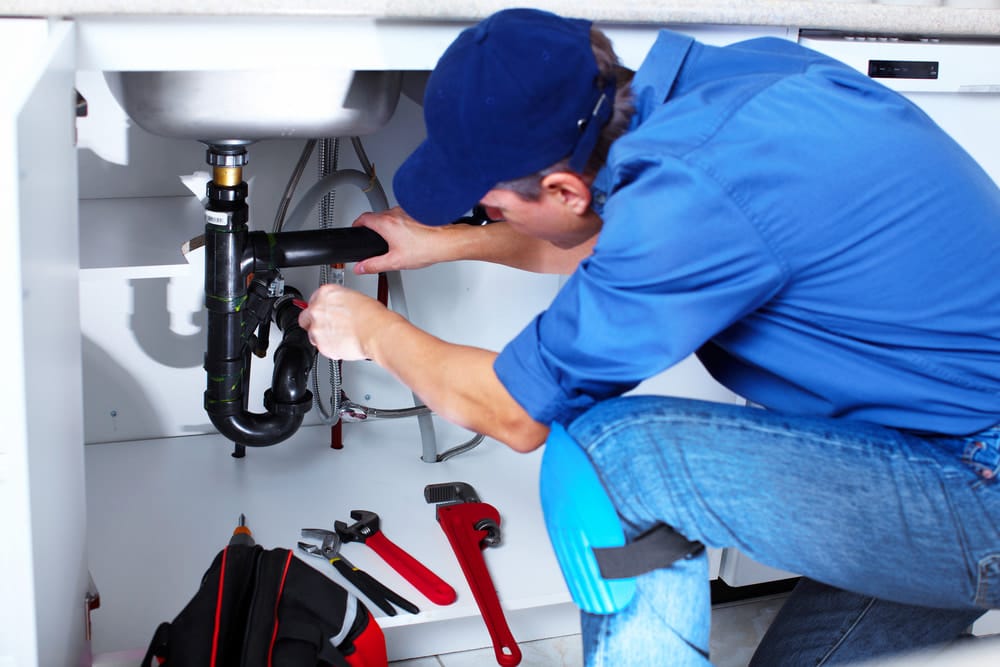Emergencies can strike unexpectedly, especially when it comes to plumbing. From burst pipes to clogged drains, these issues can disrupt daily life and potentially cause significant damage if not addressed promptly. Knowing how to handle common plumbing emergencies can make all the difference in minimizing damage and inconvenience. In this blog, we’ll explore several quick fixes that can help you manage emergency plumbing situations effectively. Whether it’s a leaking pipe threatening to flood your kitchen or a toilet that won’t stop running, having some basic knowledge and tools at hand can empower you to act swiftly. We’ll cover simple steps such as shutting off the main water supply, using temporary seals or patches, and unclogging drains with household items. These quick fixes can provide temporary relief until professional help arrives, preventing further damage and giving you peace of mind in stressful situations.
Handling Minor Sewer Line Issues: DIY Solutions

Dealing with sewer line issues can be daunting, but some minor problems can be tackled with DIY solutions before calling a professional plumber. Understanding how to handle these issues can save you time, money, and prevent potential damage to your home. Here are eight DIY solutions for managing minor sewer line problems effectively.
Identify the Problem
Before attempting any DIY fixes, it’s crucial to identify the problem accurately. Common signs of minor sewer line issues include slow drains, gurgling noises, or a foul odor coming from drains. If you notice these symptoms, it’s likely that there is a partial blockage or buildup within your sewer line.
Use a Plunger
A plunger is a handy tool for clearing minor blockages in toilets and drains connected to the sewer line. Ensure you have a good seal around the drain or toilet bowl and plunge vigorously to dislodge any obstructions. For best results, repeat the process a few times and then flush with plenty of water to clear the line.
Try a Plumbing Snake
For deeper clogs that a plunger can’t clear, a plumbing snake (or auger) can be effective. Insert the snake into the drain or cleanout access point and twist it to break apart or retrieve the blockage. Start with a shorter snake for smaller pipes and gradually increase the length if necessary.
Use Baking Soda and Vinegar
This classic DIY method can help dissolve minor organic blockages in sewer lines. Pour a cup of baking soda followed by a cup of vinegar down the drain. Let the mixture fizz and work for at least an hour before flushing with hot water. Repeat if necessary until the drain flows freely.
Inspect and Clean the Cleanout
Locate the sewer cleanout, usually a white pipe with a threaded cap, typically located in the basement or outside the house. Remove the cap using a wrench (wear gloves as it may be dirty), and inspect for any blockages or buildup. Use a plumbing snake or hose to clean out the line and replace the cap securely afterward.
Temporary Patching for a Leaking Water Heater
Discovering a leaking water heater can be alarming, but knowing how to apply a temporary patch can prevent further damage until a professional plumber can address the issue. This guide provides step-by-step instructions for temporary fixes that can minimize water damage and buy you time. Remember, these solutions are temporary and should not replace professional repair or replacement of the water heater.
Turn Off the Water Supply
The first step when you notice a leaking water heater is to turn off the water supply to the unit. Locate the cold water supply valve, usually located above or near the water heater, and turn it clockwise to shut off the flow of water.
Drain the Water Heater
After shutting off the water supply, connect a garden hose to the drain valve at the bottom of the water heater. Run the hose to a safe drainage location outside or into a bucket. Open the drain valve and allow the water heater to drain completely to relieve pressure and reduce leaking.
Patching Small Leaks with Epoxy Putty
Inspect the water heater for small leaks or cracks. If you find a small hole or crack, clean the area thoroughly with a rag and allow it to dry. Once dry, apply a layer of epoxy putty over the leak, ensuring it covers the entire affected area. Press the putty firmly into place and smooth it out to create a watertight seal. Let the putty cure as per the manufacturer’s instructions.
Using a Pipe Clamp
For larger leaks around pipe joints or fittings, a pipe clamp can provide a temporary fix. Wrap a rubber pad or piece of rubber sheeting around the leaking area, then position the pipe clamp over it. Tighten the clamp securely using a screwdriver or wrench until the leaking stops. Check periodically to ensure the clamp remains tight and effective.
Patching Using a Rubber
Sheet and Hose Clamps If the leak is along a seam or joint, cut a piece of rubber sheeting slightly larger than the leaky area. Wrap the rubber sheet around the leak and secure it in place using hose clamps. Tighten the clamps evenly to create a tight seal. This method can be effective for leaks in accessible areas of the water heater.
Dealing with a Clogged Drain: Home Remedies

Dealing with a clogged drain can disrupt your daily routine. Whether it’s in the kitchen, bathroom, or laundry room, knowing how to clear a clog with simple home remedies can save you time and money. Here are effective methods you can try before calling a plumber.
- Baking Soda and Vinegar: Start by pouring boiling water down the drain. Follow with a mixture of 1/2 cup baking soda and 1/2 cup vinegar. Cover with a drain plug and let it sit for 5-10 minutes. Flush with hot water to clear the clog.
- Plunger: Use a plunger to create suction over the drain. For sinks, cover overflow holes with a wet cloth. Plunge vigorously for 20-30 seconds to dislodge the clog.
- Wire Hanger: Straighten a wire coat hanger and create a small hook at one end. Insert into the drain to fish out hair, debris, or other blockages.
- Boiling Water: Simply pouring boiling water down the drain can dissolve and flush away minor clogs caused by grease or soap residue.
Conclusion
Addressing emergency plumbing issues promptly is crucial to preventing costly damage and inconvenience. Whether you’re dealing with a burst pipe, a clogged drain, or a malfunctioning water heater, knowing how to respond can make all the difference. The tips and techniques outlined in this blog provide valuable insights into handling these situations effectively, offering peace of mind when crises arise. Remember, while quick fixes can temporarily mitigate problems, it’s always advisable to consult a professional plumber like Mario’s Plumbing and Drainage for lasting solutions. With their expertise and commitment to quality service in the Sunshine Coast area, residents can rely on prompt assistance and reliable repairs whenever plumbing emergencies strike.
For immediate assistance or to schedule a consultation, reach out to Mario’s Plumbing and Drainage at 07 5479 6053. Our dedicated team is ready to help resolve your plumbing issues with efficiency and expertise. Don’t hesitate to contact us whenever you need reliable plumbing services in Sunshine Coast, Queensland.


